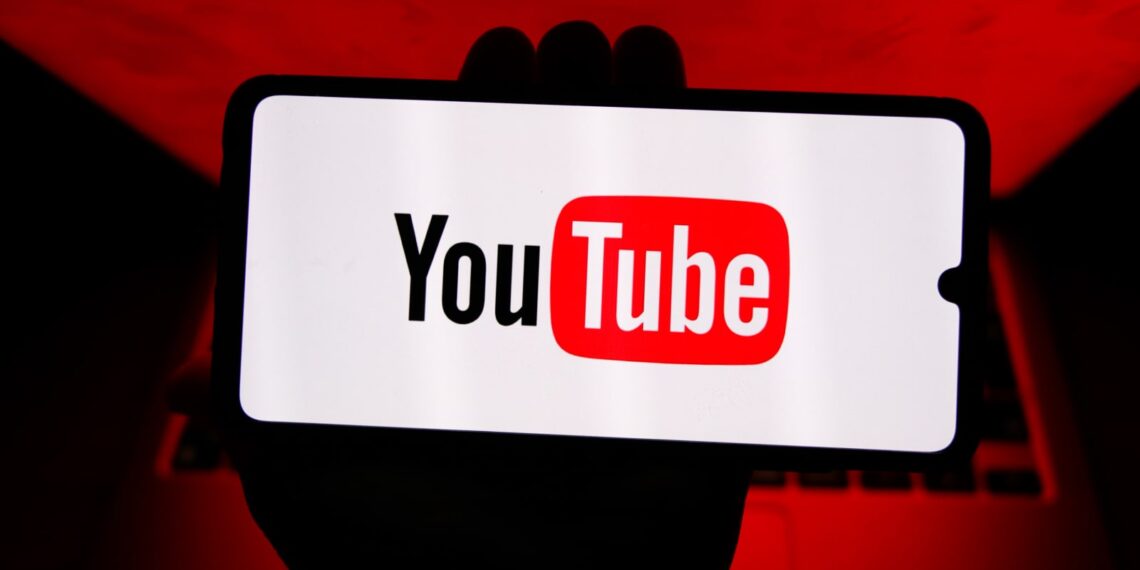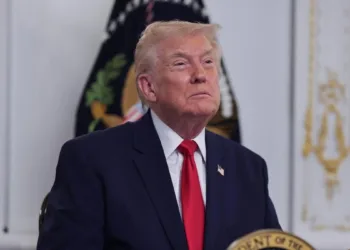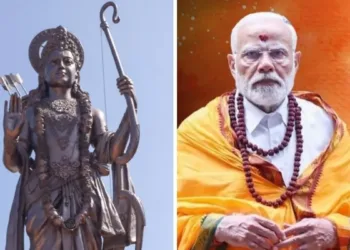YouTube just delivered its biggest blow yet against state-sponsored disinformation, removing nearly 11,000 channels tied to propaganda campaigns from China, Russia, and other countries in Q2 2025 alone. This unprecedented crackdown represents Google’s most aggressive stance against coordinated influence operations, signaling a new era in the fight against digital propaganda.
Table of Contents
The Numbers Behind YouTube’s Massive Purge
| Country/Region | Channels Removed | Content Focus |
|---|---|---|
| China | 7,700+ channels | Pro-CCP, Xi Jinping narratives |
| Russia | 2,000+ channels | RT-linked, conservative influence |
| Other Nations | 1,300+ channels | Various regional conflicts |
| Total Q2 2025 | Nearly 11,000 channels | Multi-language campaigns |
| 2025 Total | 34,000+ channels | Ongoing global operations |
The scope of this digital cleanup is staggering. Over 7,700 channels removed in Q2 were linked to China, posting content in Chinese and English to promote narratives favorable to President Xi Jinping and the Chinese Communist Party. Meanwhile, Google removed YouTube channels and accounts linked to RT, the Russian state-controlled media outlet accused of paying prominent conservative influencers.
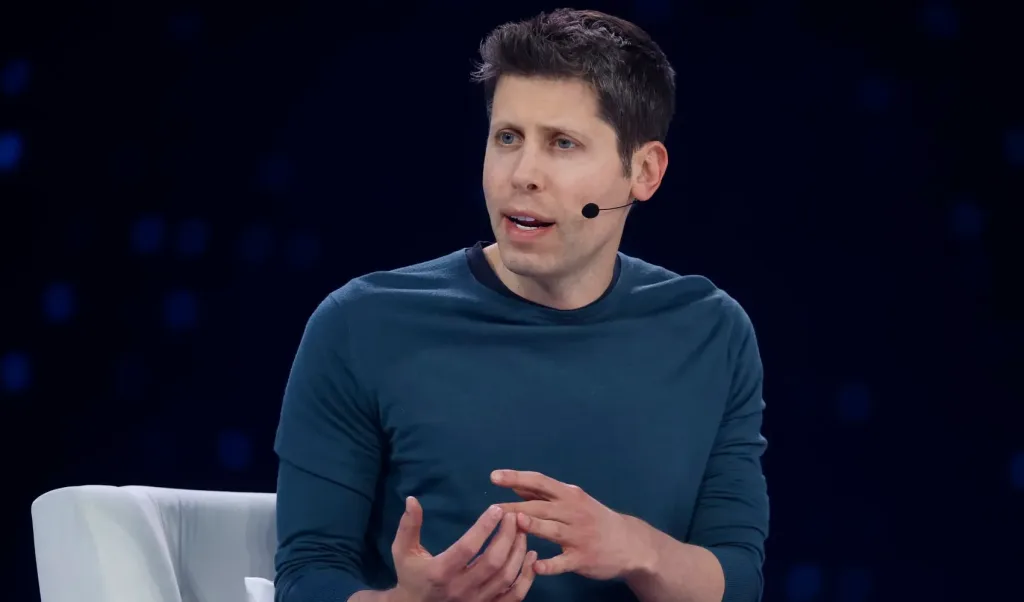
Beyond YouTube: Google’s Ecosystem-Wide Response
This wasn’t just a YouTube cleanup—it was a comprehensive platform purge. Google applied enforcement across its entire ecosystem, deactivating Google Ads, AdSense, Blogger, and even removing domains from Google News and Discover when associated with misleading content.
The breadth of action demonstrates how propaganda networks had infiltrated multiple Google services, not just video content. For content creators concerned about platform policies, our YouTube monetization guide explains how to maintain compliance while growing your channel.
The Global Propaganda Landscape Revealed
The removed channels weren’t limited to the usual suspects. Google’s Threat Analysis Group (TAG) revealed that recent takedowns included propaganda campaigns from Azerbaijan, Iran, Turkey, Israel, Romania, and Ghana—all operating with an aim of discrediting political opponents or fueling global conflicts.
This geographic diversity reveals how digital propaganda has become a truly global phenomenon, with nations large and small leveraging YouTube’s massive reach to influence international opinion. The coordinated nature of these campaigns suggests sophisticated state-backed operations rather than isolated incidents.
Google’s TAG: The Digital Watchdog
Google’s Threat Analysis Group has emerged as a crucial defender against digital manipulation. Their Q2 2025 bulletin covering coordinated influence operation campaigns demonstrates their ongoing work to counter government-backed attacks against Google and its users.
The TAG’s methodical approach involves identifying patterns, tracking coordinated behavior, and taking swift action across multiple platforms simultaneously. This systematic response represents a significant evolution from reactive content moderation to proactive threat detection.
For those interested in understanding digital security threats, explore our comprehensive cybersecurity awareness guide to learn how individuals can protect themselves from online manipulation.
The RT Connection: Influencer Networks Exposed
Perhaps most concerning was the discovery of channels linked to RT (Russia Today), the Russian state media outlet that has faced scrutiny for paying prominent conservative influencers. This revelation exposes how propaganda operations have evolved beyond traditional state media to infiltrate popular influencer networks.
The sophistication of these operations suggests they were designed to appear authentic while promoting specific political narratives. This blurred line between genuine content and state-sponsored messaging represents one of the biggest challenges facing social media platforms today.
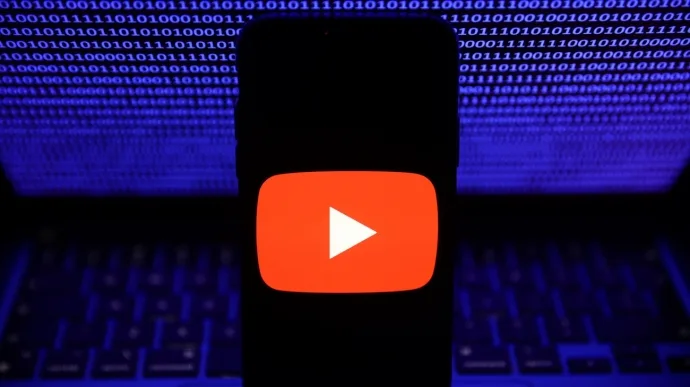
Impact on Content Creators and Viewers
This mass removal raises important questions about content authenticity and platform responsibility. Legitimate content creators may find themselves caught in broader enforcement actions, while viewers must navigate an increasingly complex information landscape.
The challenge for platforms like YouTube is distinguishing between genuine political commentary and coordinated influence operations. While this crackdown targets clear propaganda networks, it highlights the delicate balance between free expression and platform integrity.
What This Means for Digital Media
Since the start of 2025, YouTube has taken down about 34,000 channels linked to Chinese, Russian, or other foreign adversaries’ propaganda campaigns, representing an unprecedented scale of enforcement action.
This aggressive approach signals that major tech platforms are taking digital propaganda seriously, potentially setting new industry standards for content moderation. The comprehensive nature of Google’s response—spanning multiple services and platforms—suggests a coordinated strategy rather than reactive measures.
For digital marketers and content creators, understanding platform policies has never been more critical. Check out our social media marketing ethics guide to learn best practices for authentic content creation.
The Road Ahead
As nations increasingly turn to digital platforms for influence operations, expect continued evolution in detection and enforcement methods. Google’s TAG represents just one approach to this growing challenge, with other platforms likely developing similar capabilities.
The key question remains: Can platforms maintain open dialogue while preventing coordinated manipulation? The answer will shape the future of digital discourse and international relations in the online age.
For the latest updates on social media policy changes and digital security news, visit the official Google Threat Analysis Group blog for real-time insights into ongoing threats and countermeasures.
Frequently Asked Questions
Q: How does Google identify propaganda channels versus legitimate political content?
A: Google’s TAG uses sophisticated detection methods to identify coordinated influence operations, looking for patterns like synchronized posting, artificial amplification, and connections to known state actors. They distinguish between genuine political commentary and coordinated campaigns designed to manipulate public opinion through inauthentic behavior rather than content topics alone.
Q: Will this affect legitimate international news channels or content creators from these countries?
A: Google states that their enforcement targets coordinated influence operations and inauthentic behavior, not content based on country of origin or political viewpoint. Legitimate news channels and content creators should not be affected unless they’re participating in coordinated manipulation campaigns. However, creators can appeal if they believe their channels were mistakenly removed.

